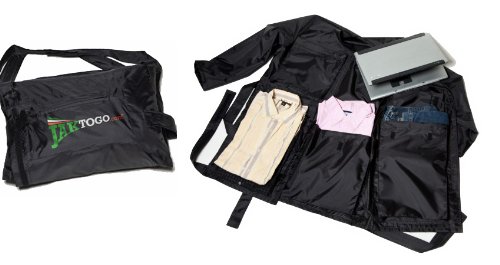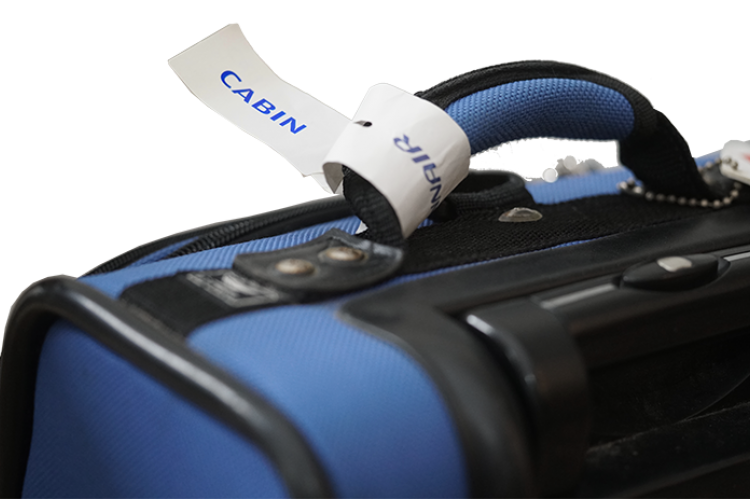Confounded by carry-on complexities?
With more and more airlines charging for bags in the luggage hold, many of them have also gotten a tad fussy over the size and weight of carry-ons, which some of us tend to stuff with regulators, instruments and photo equipment—precious but heavy gear. What we used to get away with in the past may not fly in the future (pun intended).
What goes?
Frustratingly, despite attempts to standardise cabin bag requirements, maximum dimensions vary, depending on airline or aircraft. Some airlines may allow an additional personal item. Personal items include handbags, laptop bags, briefcases, small backpacks and shoulder bags, but it is not very clear how big these may be. In many cases, personal items need to be able to fit under the seat in front of you.
No common standard
A quick glance at various listed allowable dimensions shows measurements ranging between 53 and 60cm in height, 34 to 45cm in width and 19cm to 27cm in depth. Thus the biggest possible volume is more than twice that of the smallest—and some count wheels and handles. Meanwhile, weight is limited to a measly 7kg (15lb) upwards to 23kgs (51lb).
The "personal bag"
The latter, rather generous weight allowance, is listed by British Airways, which allows more hand luggage on board its flights than most of its commercial competitors. BA has, however, reduced the size of hand luggage, after claiming that passenger bags were getting so big, it was causing regular flight delays. The airline, which allows each person to have two bags in the cabin, is almost halving the size of the “personal” bag, which may not be bigger than 40 x 30 x 15cm.
Weigh your bag empty
I was in for a surprise when I recently weighed my trusted, wheeled carry-on (like the one shown on the image to the right). I always thought of it as being lightweight. Nonetheless, even empty, it tipped the scale at 6kg, which just about leaves room for a t-shirt and a toothbrush, with some of the stingier airlines.
Perhaps it is time to get a new bag?
It may be time to bite the bullet and simply switch to a lighter and smaller bag. The question is whether it should be a one- or two-wheeled travel bag, hard or soft sided? Hard cases provide better protection for your belongings, but they are heavier, thicker (so less internal space) and will not squeeze into spaces, making them harder (or unable) to fit into cramped overhead lockers or under the seat. Soft-sided bags, on the other hand, offer less protection of, say, camera equipment, but are lighter, offer more space and can be squeezed into small spaces and compressed, so they are not unnecessarily bulky when only partially full.

Turns into Coat Jacket for Extra Luggage "
Stylish!? Ahem...
Redistribute
I use one of each, supplementing my roller bag with a light back pack. As personal items are rarely weighed, I put all my heavy photo equipment in a light backpack while checking in. Once I am past security, I put lenses and cameras back in the hard-sided carry-on with wheels, where it is better protected.


